Solar System: Things To Know This Week
Solar System: Things to Know This Week
1. See Shadows on Jupiter

Jupiter dominates the evening sky this month, rising at sunset and setting at dawn. On the nights of March 14 and 15, Jovian moons Io and Europa will cross the planet’s disk. When the planet is at opposition and the sun shines on Jupiter’s moons, we can see the moons’ shadows crossing the planet. There are actually 11 of these double shadow transits in March.
2. One Year of Dawn at Ceres

NASA’s Dawn spacecraft gently slid into orbit around Ceres just over one year ago, becoming the first spacecraft to reach a dwarf planet. Since then, the spacecraft has delivered a wealth of images and other data that open an exciting new window to this previously unexplored body in the asteroid belt.
3. The Latest from Saturn

Days ago, on Mar. 11, 2016, Cassini’s Ultraviolet Imaging Spectrograph (UVIS) watched as the plume of gas and icy particles from the moon Enceladus passed in front of the central star in Orion’s Belt. Such observations, known as stellar occultations, provide information about the density and composition of the plume.
4. The Equinox is Upon Us

March 20 is the vernal equinox–the start of spring in the northern hemisphere, and the start of fall in the southern hemisphere. During the two equinoxes each year, the line between day and night is vertical, so all over the planet, the length of the day and night are nearly equal. For the rest of the year, the Earth’s tilt angles the line between day and night, culminating with the solstices, in which the poles receive weeks of unending sunshine or darkness depending on the time of year.
5. Up Close with a Comet

Before Rosetta crash lands into comet Comet 67P/Churyumov-Gerasimenko in September, 2016, it will continue taking pictures and detailed measurements of this mysterious comet to study the origin of comets and how they relate to the origin of the solar system.
Want to learn more? Read our full list of the 10 things to know this week about the solar system HERE.
Make sure to follow us on Tumblr for your regular dose of space: http://nasa.tumblr.com
More Posts from Allisonkitten and Others
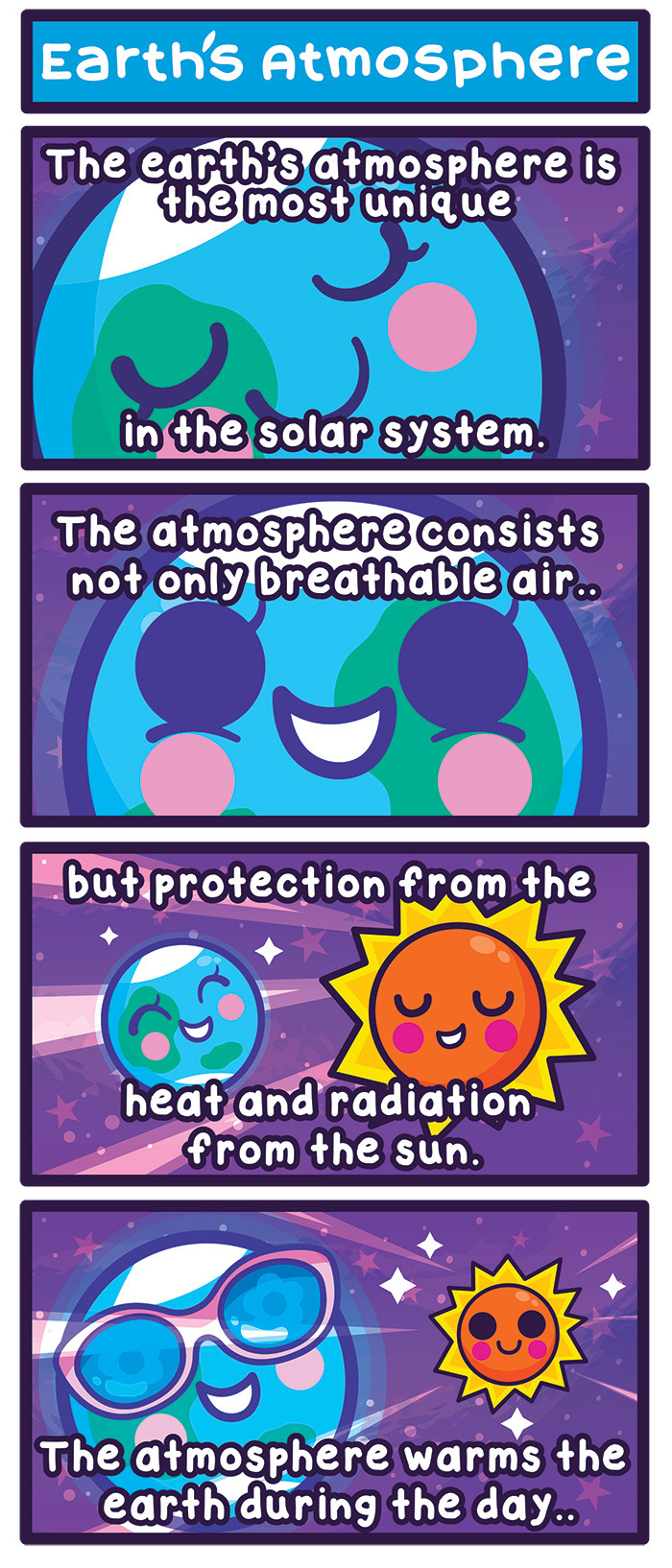
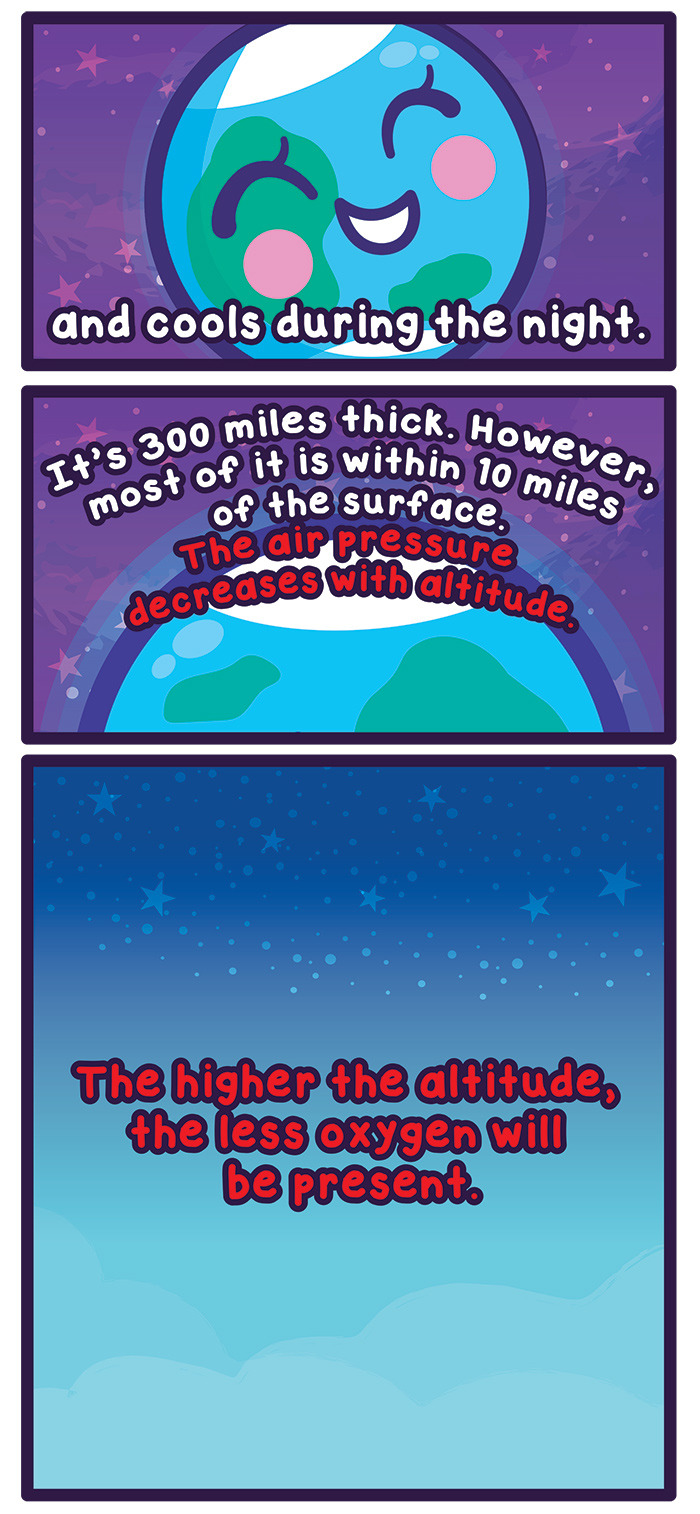
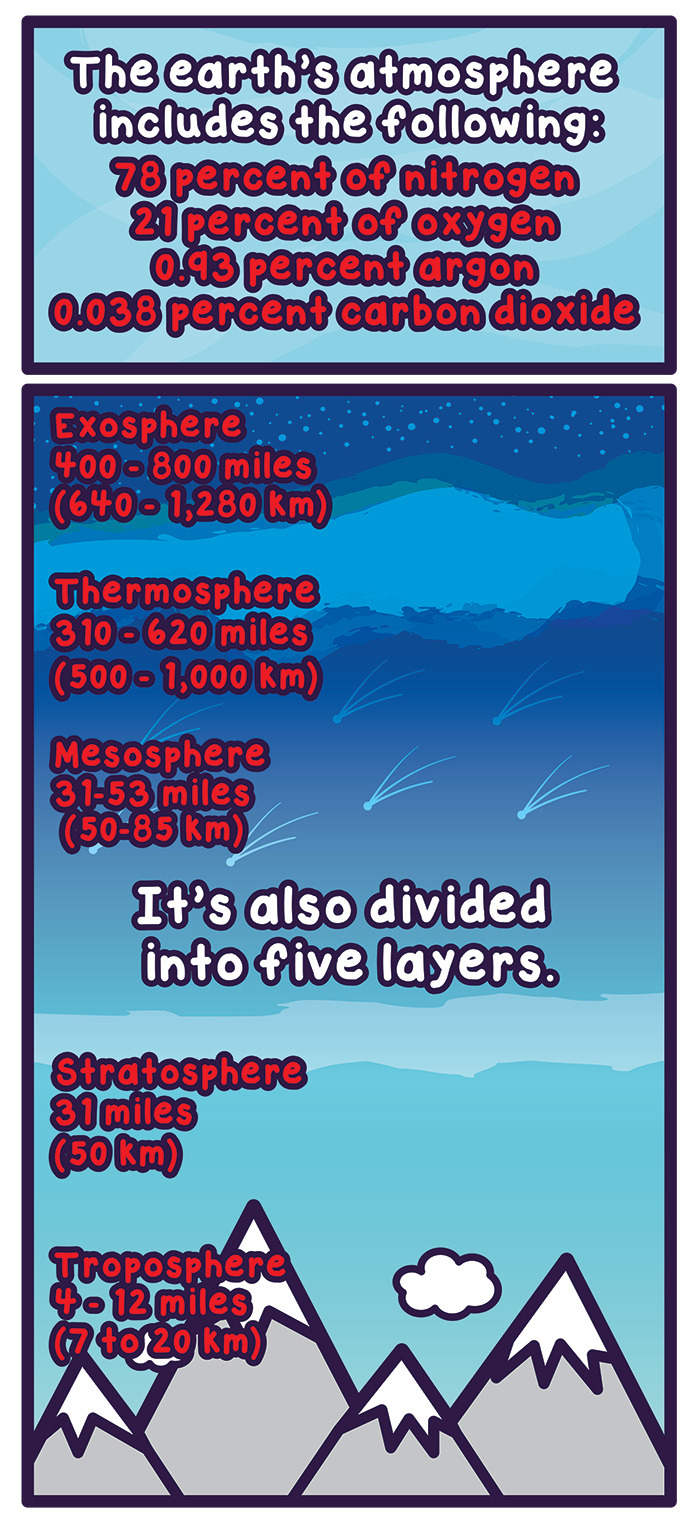
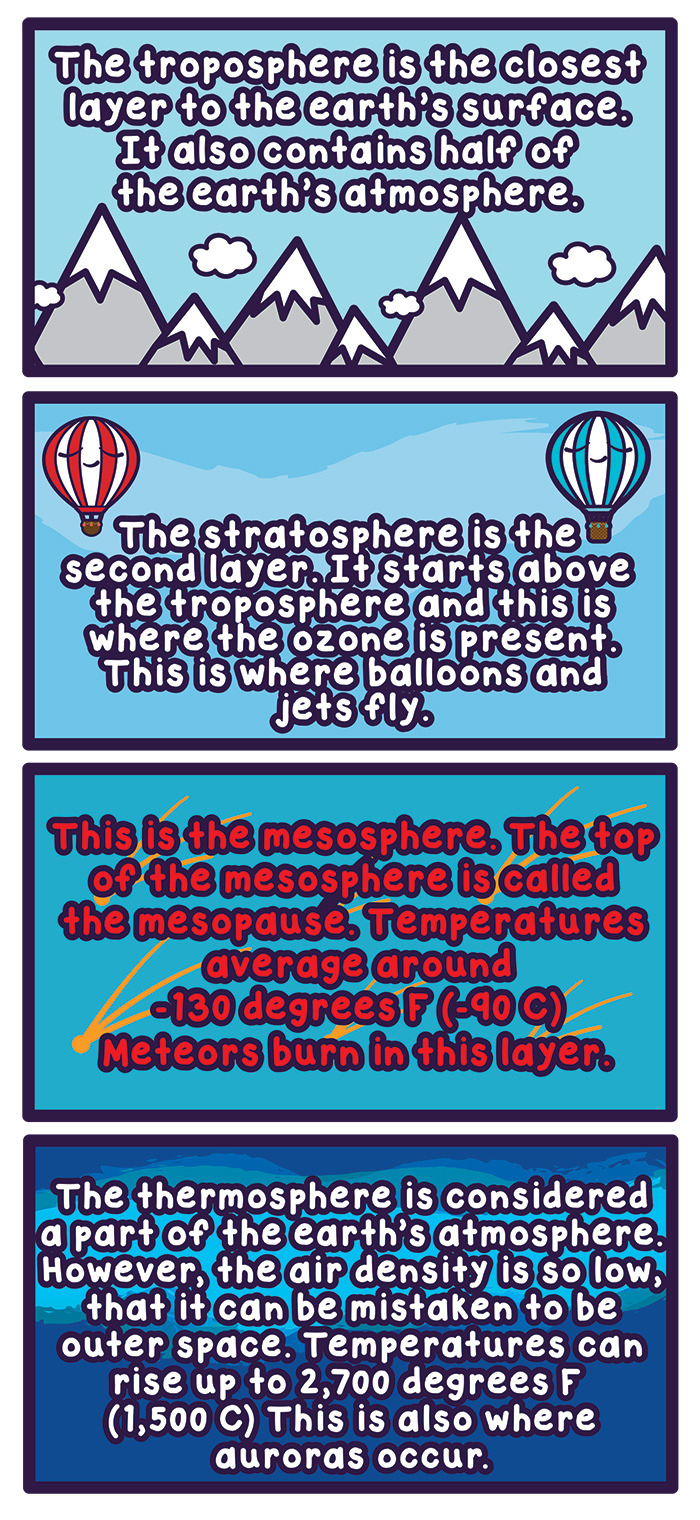
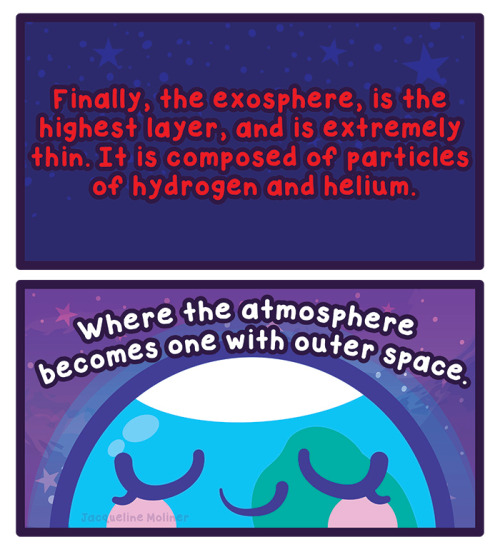
Better late than never!
This week’s entry: Earth’s Atmosphere
http://www.space.com/17683-earth-atmosphere.html

Auroras of Jupiter
Solar System: Things to Know This Week
Here are a few things you should know about our solar system this week:
1. Gearing Up for a Grand Finale

There’s just a year left until the Cassini mission begins its Grand Finale – the final phase of its mission, during which the spacecraft will dive repeatedly between the planet and the rings. To get ready, the Cassini team has launched an enhanced, mobile device-friendly version of the mission website. The site includes information about Cassini, Saturn, the moons and the rings – but it also tells the human stories behind one of the most ambitions expeditions of all time.
2.Caught in Transit

On Monday, May 9, the planet Mercury will cross directly in front of the sun, an event that hasn’t occurred since 2006 and won’t happen again until 2019. Find out how to watch HERE.
3. A Moon for Makemake

Our Hubble Space Telescope has spotted a small, dark moon orbiting Makemake (pronounced “MAH-kay MAH-kay). Make make is the second brightest icy dwarf planet – after Pluto – in the faraway Kuiper Belt.
4. The Age of the Aquarids

The Eta Aquarid meteor shower is the first of two showers that occur each year as a result of Earth passing through dust released by Halley’s Comet. This year, it should peak on the night of May 5/6. Get tips for watching HERE.
5. The Southern Lights of Saturn

On May 4, Cassini will reach periapse, the closest point to Saturn in the spacecraft’s orbit. At about this time, Cassini’s cameras will monitor Saturn’s south polar aurorae, and also image the bright limb of the planet to better understand its upper haze layers.
Want to learn more? Read our full list of the 10 things to know this week about the solar system HERE.
Make sure to follow us on Tumblr for your regular dose of space: http://nasa.tumblr.com
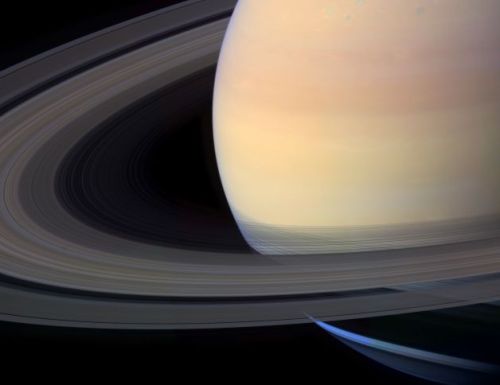
Saturn’s Rings

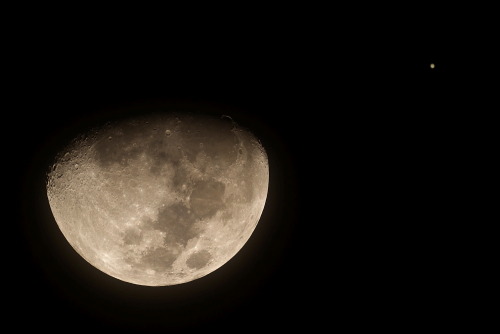
Jupiter/Moon Conjunction.
Credit: Pete Lardizabal

!!!
After five years traveling through space to its destination, our Juno spacecraft will arrive in orbit around Jupiter today, July 4, 2016. This video shows a peek of what the spacecraft saw as it closed in on its destination before instruments were turned off. Watch our noon EDT Pre-Orbit Insertion Briefing on NASA Television for more: https://www.nasa.gov/nasatv or http://youtube.com/nasajpl/live.
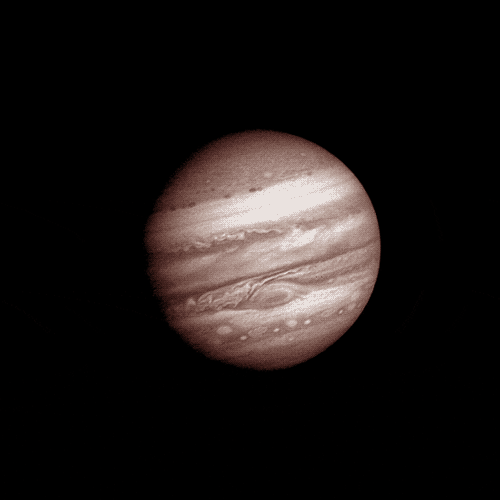
A Denied stardom status - Jupiter
Of all the planets in our solar system, Jupiter seems to stand out as this massive giants.
When scientists started uncovering the secrets of this mysterious planet, they discovered that Jupiter was probably a ‘star in the making’ during the early years of the solar system.
Jupiter and the sun
Jupiter has a lot in common with the sun than you think.
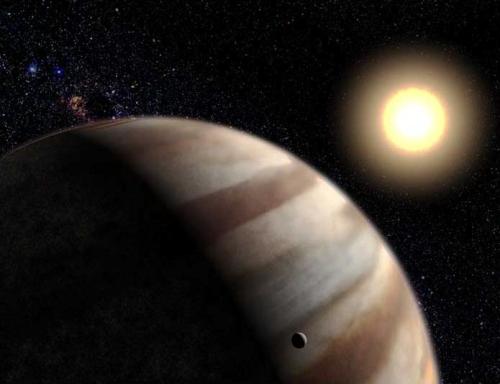
It is made of the same elements such as Hydrogen and Helium that are found in the sun and other stars!
But it is not massive enough and does not have have the pressure and temperature to fuse the existing Hydrogen atoms to form helium, which is the power source of stars.
How do stars form ?
Stars form directly from the collapse of dense clouds of interstellar gas and dust. Because of rotation, these clouds form flattened disks that surround the central, growing stars.
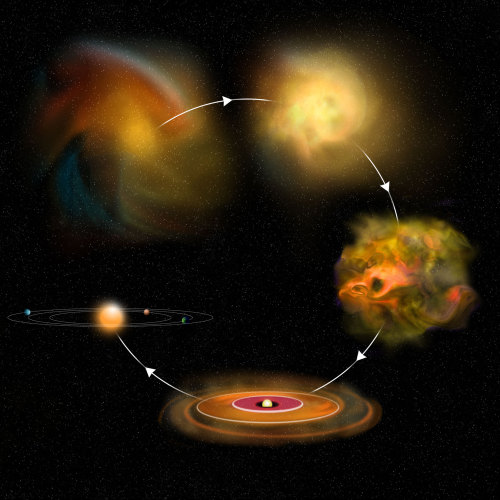
After the star has nearly reached its final mass, by accreting gas from the disk, the leftover matter in the disk is free to form planets.
How was Jupiter formed ?
Jupiter is generally believed to have formed in a two-step process:
First, a vast swarm of ice and rock ‘planetesimals’ formed. These comet-sized bodies collided and accumulated into ever-larger planetary embryos.
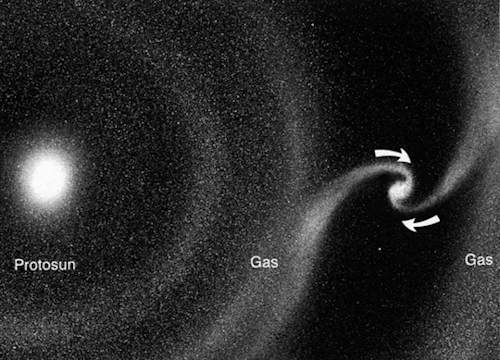
Once an embryo became about as massive as ten Earths, its self-gravity became strong enough to pull in gas directly from the disk.
During this second step, the proto-Jupiter gained most of its present mass (a total of 318 times the mass of the Earth).
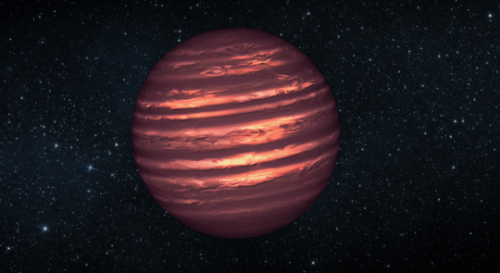
But sadly soon thereafter, the disk gas was removed by the intense early solar wind (from our sun) , before Jupiter could grow to a similar size.
This destroyed all hopes that Jupiter had on becoming a star
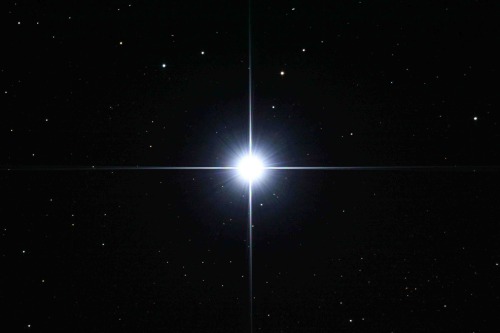
What if it had become a star ?
If Jupiter had become a star,our solar system would have become a binary star system.
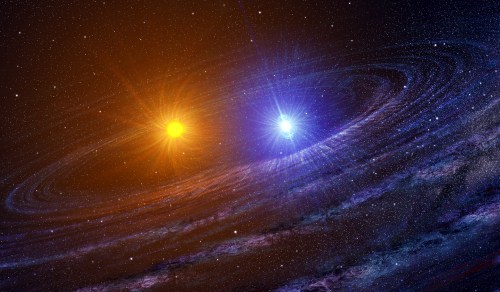
A binary star system is those systems having two stars.they both revolve around themselves in their own orbits.
It is interesting to note that most of the solar systems in the universe are binary,triple or higher multiple star systems but our sun is rather unusual.
In other star systems the mass distribution of the stars is equitable, but in ours the sun decided to not let that happen
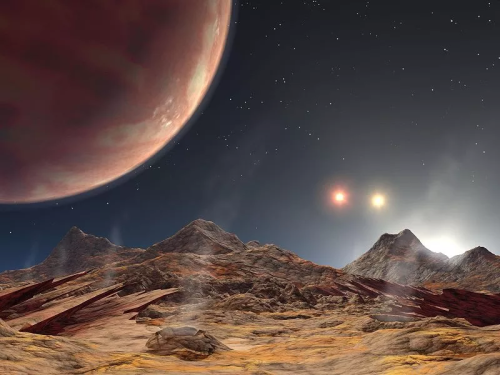
Why? We have no clue ! Scientists are still trying to fathom these mysterious details of the birth process. But the more we know, the more we learn we don’t know :D
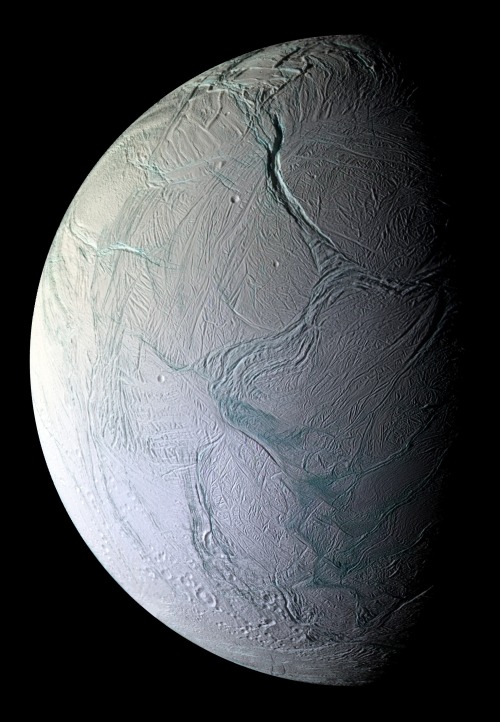
This is a photo of Saturn’s moon Enceladus - a dynamic ice world. Its surface shifts on geologic timescales, with vast ice sheets spreading and crashing like tectonic plates. Cryovolcanoes (which is a real term that I did not make up) shoot geysers of water out into space.
Recent readings taken by the Cassini spacecraft suggest that Enceladus has a rocky core and liquid oceans beneath the icy surface.
This picture was taken as Cassini was speeding away from Enceladus in 2008, after skimming just 15 miles above its surface.
Happy Saturnalia!
-
 encodecode liked this · 3 years ago
encodecode liked this · 3 years ago -
 xanxana1 liked this · 7 years ago
xanxana1 liked this · 7 years ago -
 konekomia reblogged this · 8 years ago
konekomia reblogged this · 8 years ago -
 learn-everything reblogged this · 9 years ago
learn-everything reblogged this · 9 years ago -
 wells-hg reblogged this · 9 years ago
wells-hg reblogged this · 9 years ago -
 almondandpistachio95 reblogged this · 9 years ago
almondandpistachio95 reblogged this · 9 years ago -
 korekhthonia liked this · 9 years ago
korekhthonia liked this · 9 years ago -
 darkwavegirl liked this · 9 years ago
darkwavegirl liked this · 9 years ago -
 milkywayan reblogged this · 9 years ago
milkywayan reblogged this · 9 years ago -
 the-outer-planets-blog reblogged this · 9 years ago
the-outer-planets-blog reblogged this · 9 years ago -
 notnoor liked this · 9 years ago
notnoor liked this · 9 years ago -
 jsbustaman liked this · 9 years ago
jsbustaman liked this · 9 years ago -
 stiuvar-elnor reblogged this · 9 years ago
stiuvar-elnor reblogged this · 9 years ago -
 silvanheirofslytherin reblogged this · 9 years ago
silvanheirofslytherin reblogged this · 9 years ago -
 rubinaambrosina liked this · 9 years ago
rubinaambrosina liked this · 9 years ago -
 starlightoffandoms reblogged this · 9 years ago
starlightoffandoms reblogged this · 9 years ago -
 silenticyriver reblogged this · 9 years ago
silenticyriver reblogged this · 9 years ago -
 asherlockedwhovian reblogged this · 9 years ago
asherlockedwhovian reblogged this · 9 years ago -
 the-outer-planets-blog liked this · 9 years ago
the-outer-planets-blog liked this · 9 years ago -
 zealousstarlightsoul-blog liked this · 9 years ago
zealousstarlightsoul-blog liked this · 9 years ago -
 azyaxxi-blog reblogged this · 9 years ago
azyaxxi-blog reblogged this · 9 years ago -
 kwentrith liked this · 9 years ago
kwentrith liked this · 9 years ago -
 quickmanz-blog liked this · 9 years ago
quickmanz-blog liked this · 9 years ago -
 phipiohsum475 reblogged this · 9 years ago
phipiohsum475 reblogged this · 9 years ago -
 faern-me-blog reblogged this · 9 years ago
faern-me-blog reblogged this · 9 years ago -
 avimolls liked this · 9 years ago
avimolls liked this · 9 years ago -
 agentreptile liked this · 9 years ago
agentreptile liked this · 9 years ago -
 coolsandwich liked this · 9 years ago
coolsandwich liked this · 9 years ago -
 faethorne reblogged this · 9 years ago
faethorne reblogged this · 9 years ago -
 cowboykoschei reblogged this · 9 years ago
cowboykoschei reblogged this · 9 years ago -
 hamiltonneto-blog1 liked this · 9 years ago
hamiltonneto-blog1 liked this · 9 years ago -
 jimparsonftw reblogged this · 9 years ago
jimparsonftw reblogged this · 9 years ago -
 jimparsonftw liked this · 9 years ago
jimparsonftw liked this · 9 years ago -
 depthsofmysol reblogged this · 9 years ago
depthsofmysol reblogged this · 9 years ago -
 eatingmycake2 reblogged this · 9 years ago
eatingmycake2 reblogged this · 9 years ago
Just a socially awkward college student with an interest in the celestial bodies in our universe.
279 posts